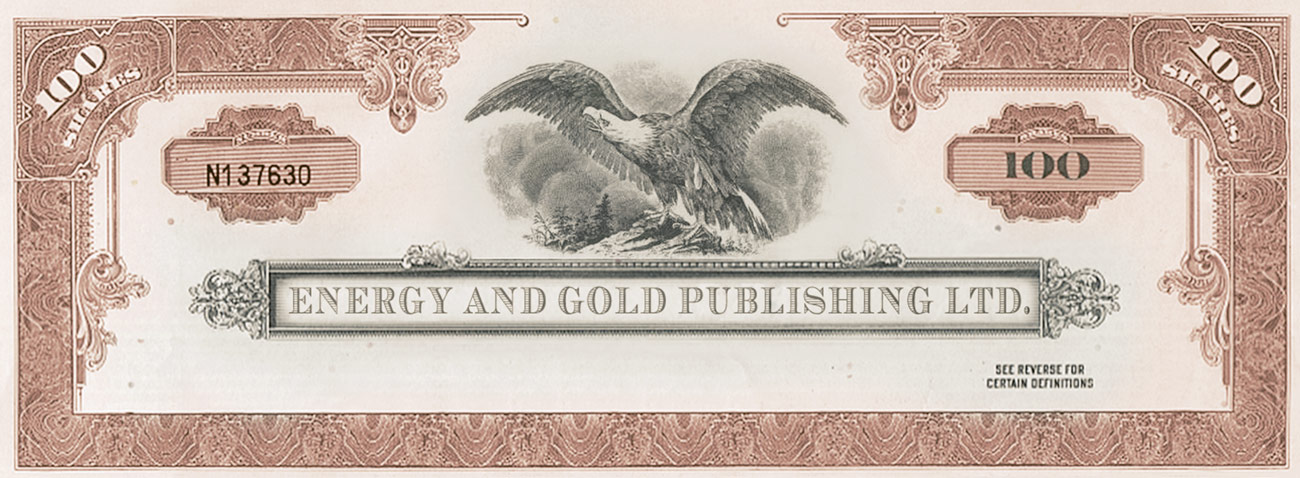This morning, gold has leapt above the vaunted $2,000/oz level for what feels like the 10th time this year:
December Gold Futures (30-Minute)

What’s most notable to me about the current gold rally that began two weeks ago is that the bid underneath it has been relentless. During gold’s ascent from ~$1825 to $2009 there have been pullbacks, but they have lasted for hours, not days.
Another aspect of gold’s remarkable advance over the last two weeks is that it has occurred against a backdrop of investor negativity and skepticism with regard to the shiny yellow metal. Based upon a number of conversations with gold bug investors this week, none of them are counting on this rally to stick.
In other words, those who know it the best, trust this rally the least.
For my part, the July 31st peak at $2,010 is a logical price level for gold’s blistering rally to cool off a bit. On the other hand, I keep thinking about the latest missive from Daniel Oliver at Myrmikan Research – what if gold investors really are the bond bulls of 1980?
I share the concluding paragraphs of Oliver’s missive simply because they are too good to leave out:
“On one hand, gold investors are past their limit in frustration. Everything needed for the investment thesis has occurred or is occurring: massive federal deficits, inflation, labor strikes, giant holes growing in the banking system, a central bank that is insolvent and illiquid, a lost war in Ukraine and now a second war in the Middle East, the fraying of the petrodollar system, and, most importantly, a rout in Treasury bonds, the asset that underlies the banking system and the Fed.
On the other hand, all of these developments are recent, at least in their intensity. Consider that the recently-ended bond bull market lasted forty-one years. And the previous bond bear market lasted 33 years, from 1947 to 1980. Plus, any number of accidents could begin a chain reaction to accelerate disorder: a third war front in Asia; a yen collapse that forces the Bank of Japan to dump Treasuries; terror and sabotage in the U.S. from Hamas sleeper cells smuggled over the Southern border Biden left open in a grab for future constituents; Russian or Chinese hacking of critical infrastructure, including the internet; supply chain disruptions overseas that send the prices of certain commodities and imported goods sharply higher; cascading regional bank failures as the commercial real estate market implodes; a market crash that requires additional stimulus while drying up tax revenues, causing the deficit to explode higher even from current levels.
Empires are not felled by a single failure or even a series. They collapse when faced with multiple systemic disruptions, especially if their reserves have been expended on previous emergencies. The U.S. spent its capital reserves on bailing out the banks in 2008, its economic reserves on the COVID hysteria, and its military reserves in Ukraine. Its enemies know that the American empire is vulnerable.
Benjamin Anderson wrote of the 1929 crash: “[T]here is no point to assigning any particular cause for the break’s coming at the particular time it did. It was overdue, and long overdue.” The collapse of the financial system that has been in place since 1980 is long overdue. Gold investors are the bond bulls of 1980.”
Gold bulls are naturally of a contrarian mindset. After all, they are holding onto this barbarous relic in the face of pervasive and relentless skepticism, amid a society that is moving towards central bank digital currencies, and the digitization of everything. The bond bulls of 1980 were also contrarians, standing with a hand up bidding for bonds in the face of a world that was telling them that inflation would never stop rising.
I could conclude by waxing poetic about why gold is Truth, and today’s society is so lost in lies and obfuscation that we will inevitably be forced to return to Truth and sound money. Instead, I will conclude with what I am best at, analyzing charts and market price action.
In the near term, gold could easily pull-back $40-$50. However, by focusing too much on the shorter term squiggles in the chart we risk missing the bigger picture; the gold monthly chart shows energy building for an eventual upside breakout to new all-time highs above $2,100/oz:
Gold (Monthly)

I learned a long time ago to pay extra attention when markets stop behaving as you think they should behave. With such an aggressive Fed monetary policy tightening cycle, and positive real interest rates across the yield-curve, gold is not supposed to be up nearly 10% in 2023.
Yet, here we are.
While there is sure to be volatility ahead, perhaps even greater than the volatility we have just experienced. The way I see it, the regret of not owning gold (or not owning enough gold) in the event of a breakout to new highs would be much greater than the regret of owning some gold and watching it return to $1,800.
______________________________________________________________
DISCLAIMER: The work included in this article is based on current events, technical charts, company news releases, and the author’s opinions. It may contain errors, and you shouldn’t make any investment decision based solely on what you read here. This publication contains forward-looking statements, including but not limited to comments regarding predictions and projections. Forward-looking statements address future events and conditions and therefore involve inherent risks and uncertainties. Actual results may differ materially from those currently anticipated in such statements. This publication is provided for informational and entertainment purposes only and is not a recommendation to buy or sell any security. Always thoroughly do your own due diligence and talk to a licensed investment adviser prior to making any investment decisions. Junior resource companies can easily lose 100% of their value so read company profiles on www.SEDAR.com for important risk disclosures. It’s your money and your responsibility.
